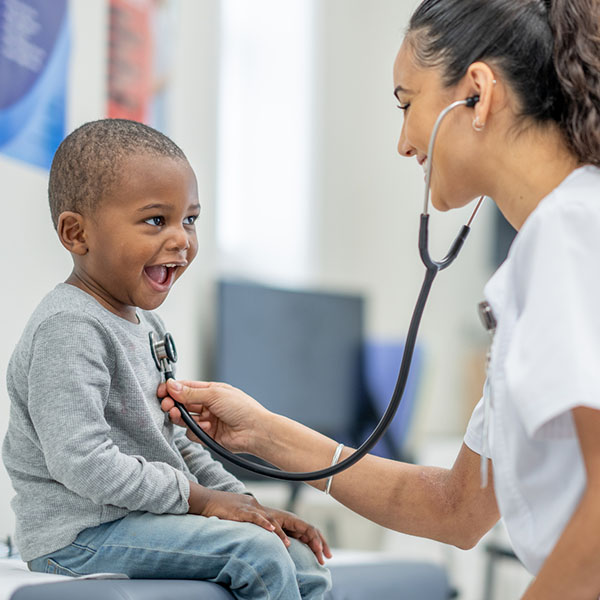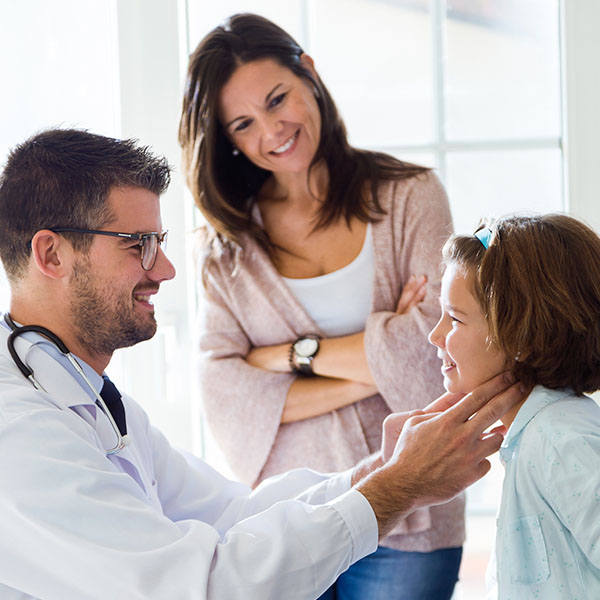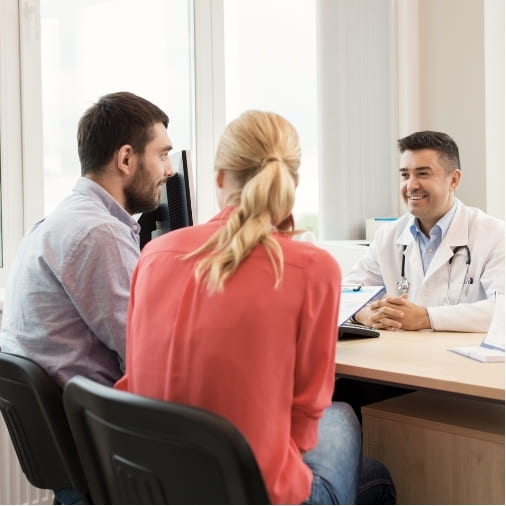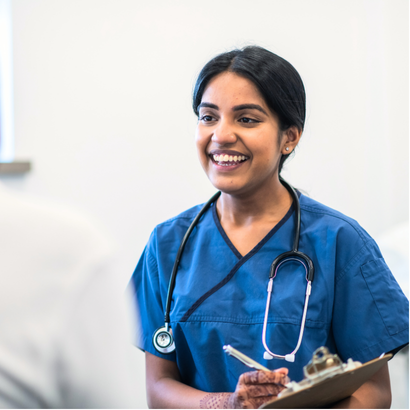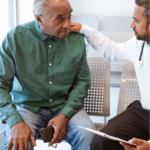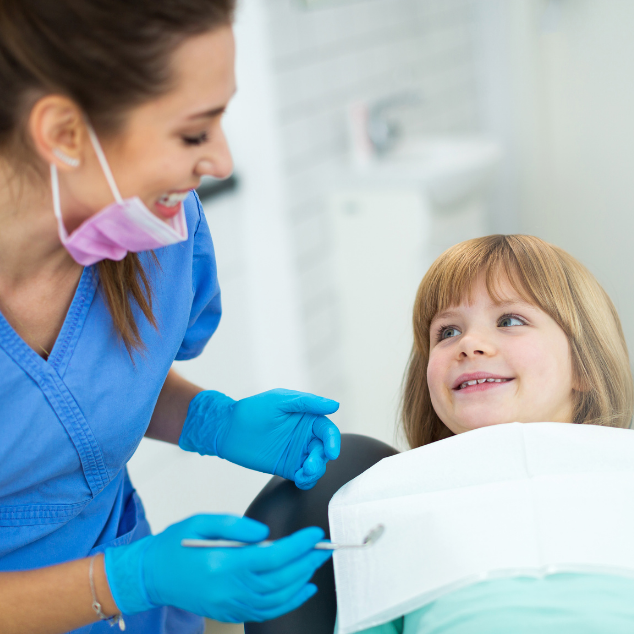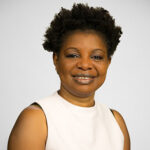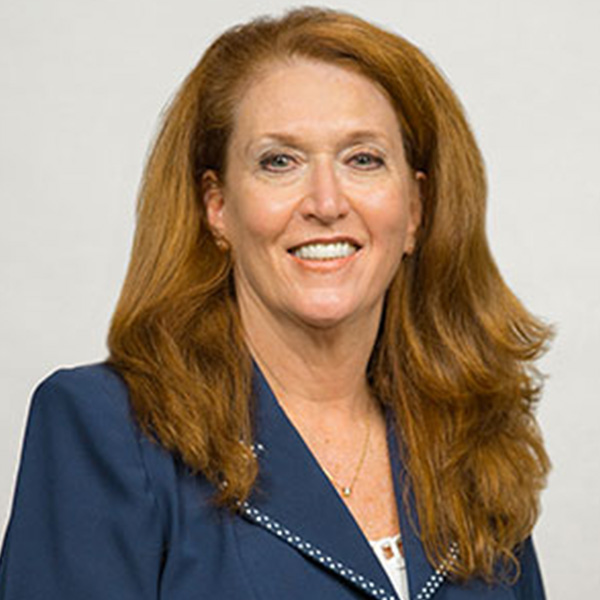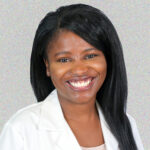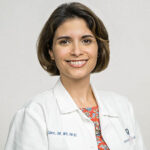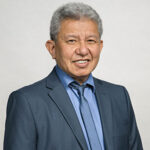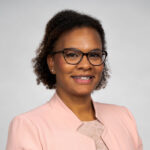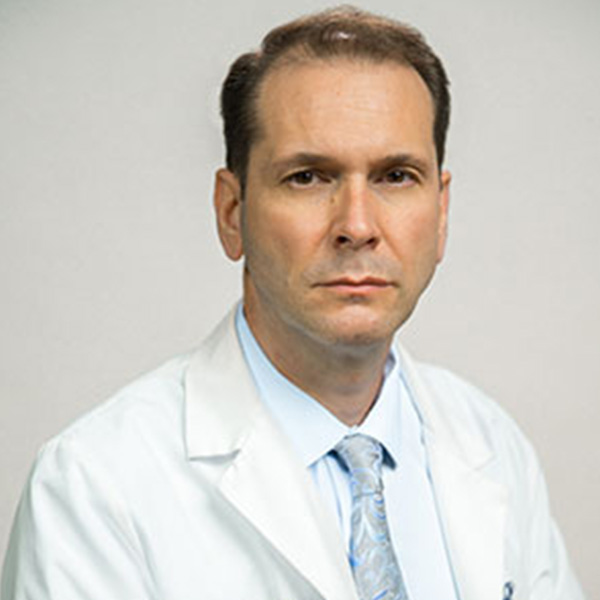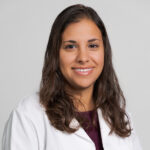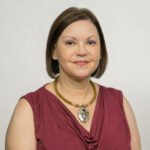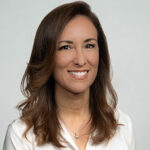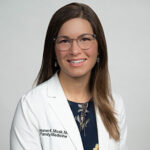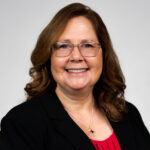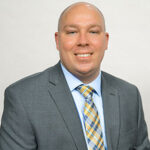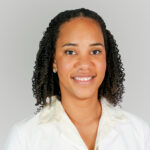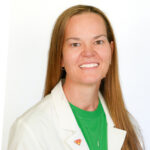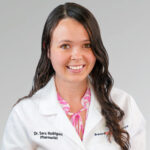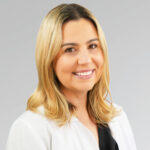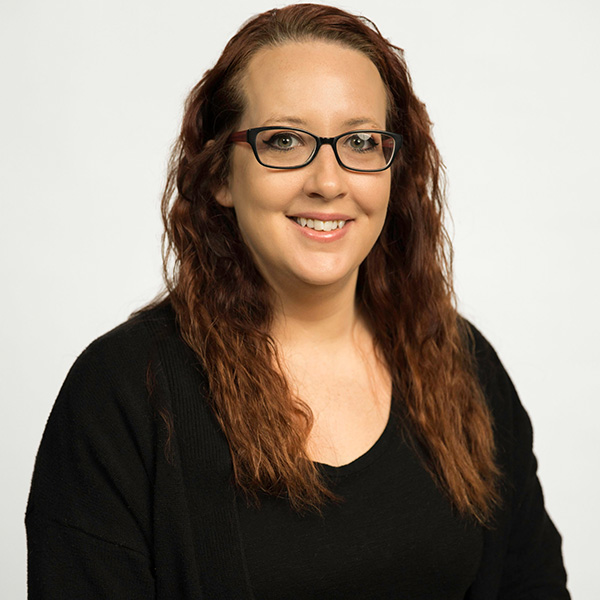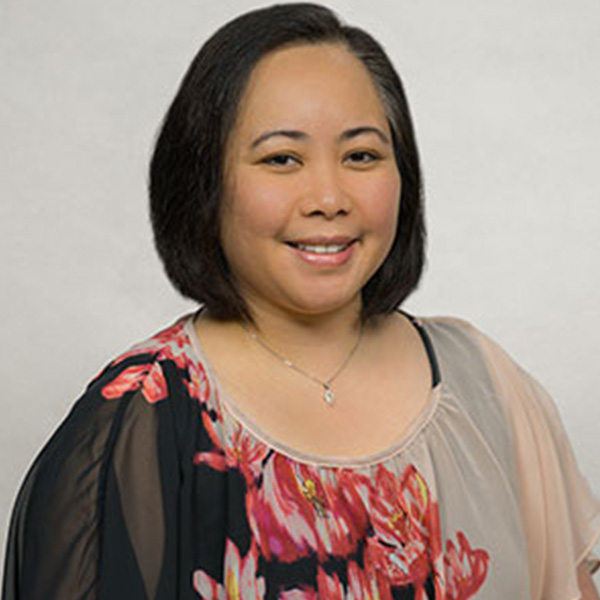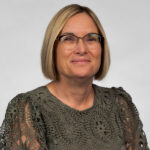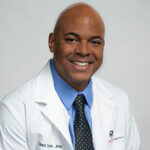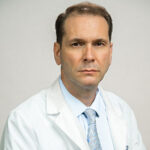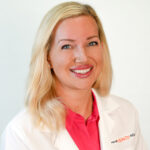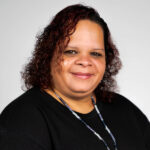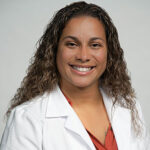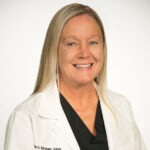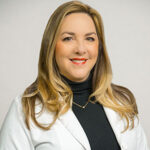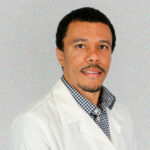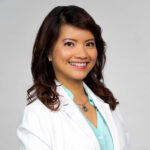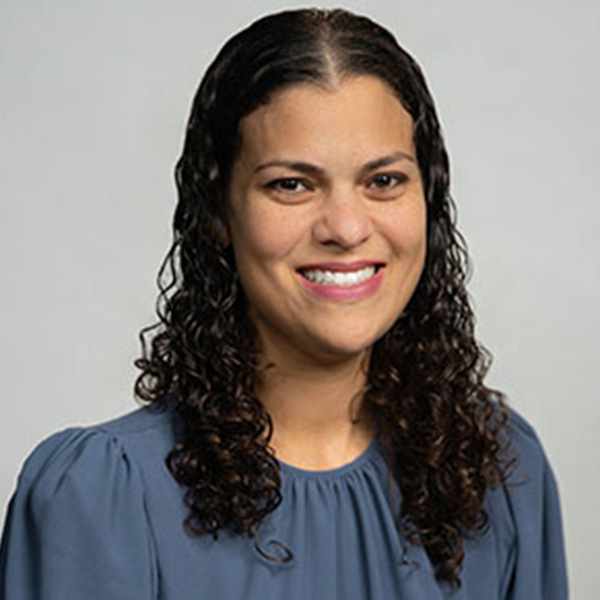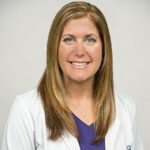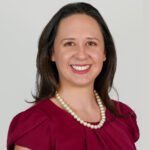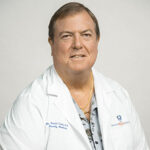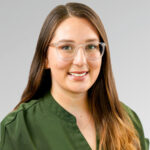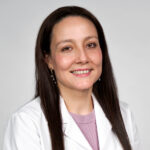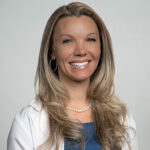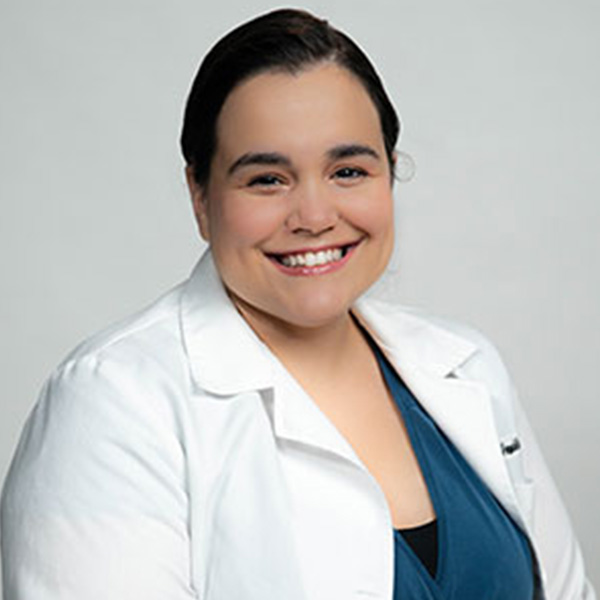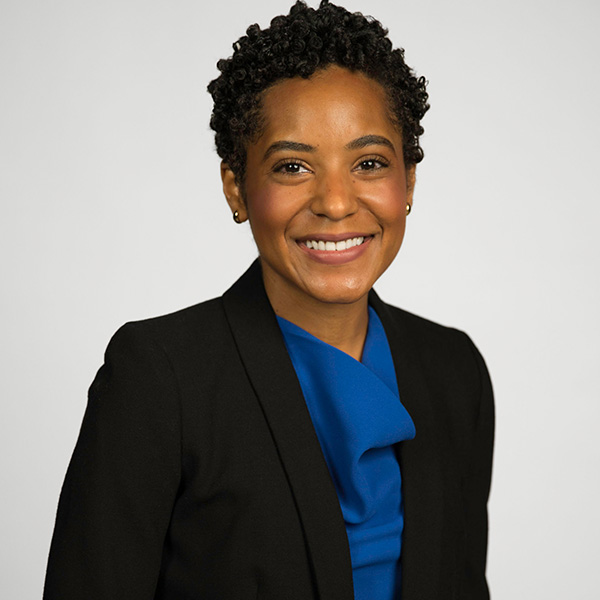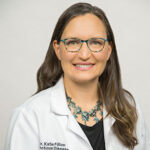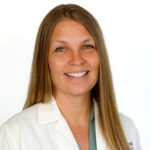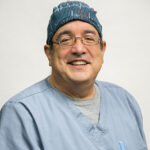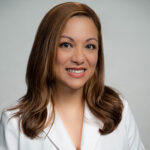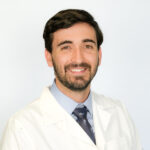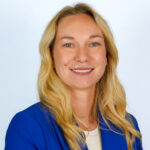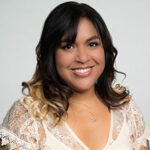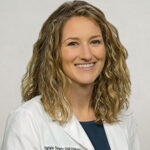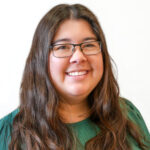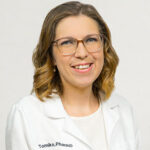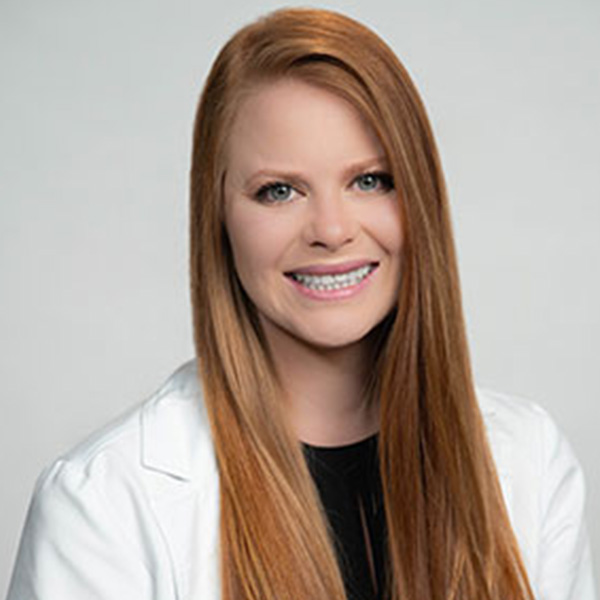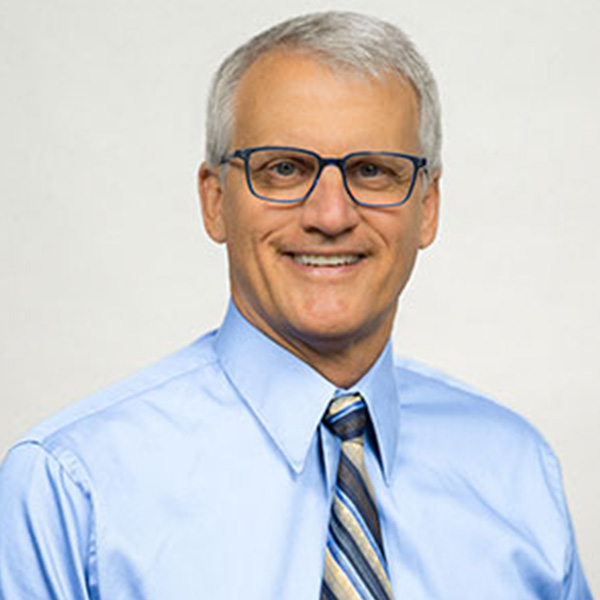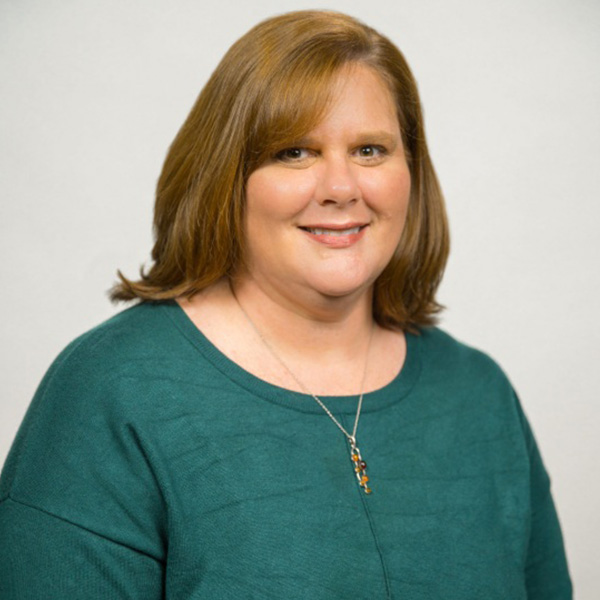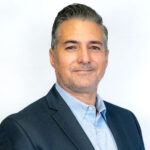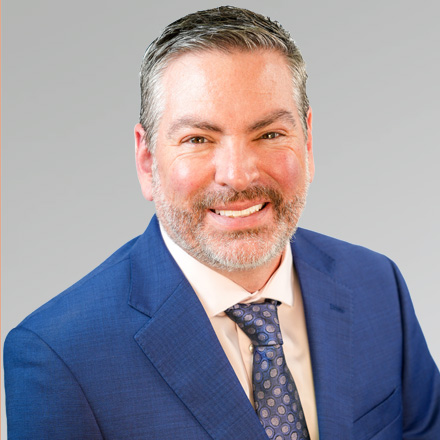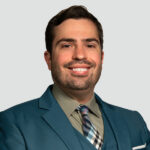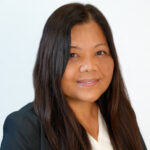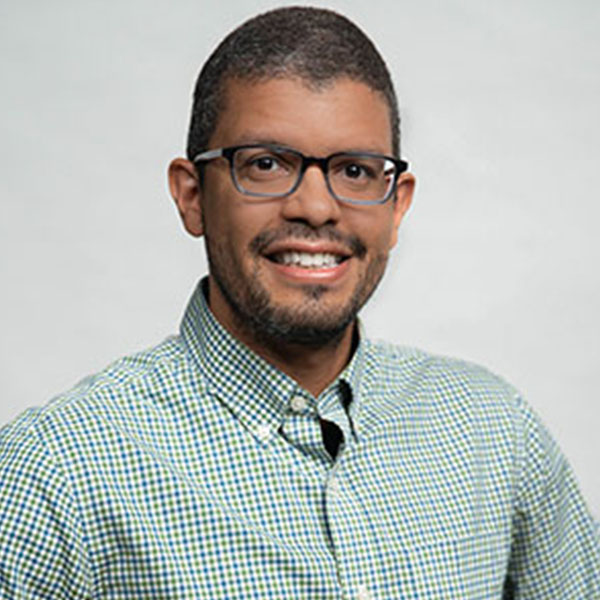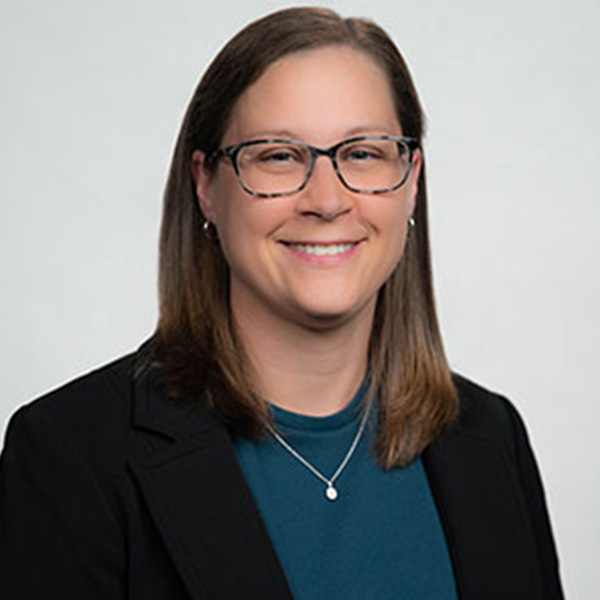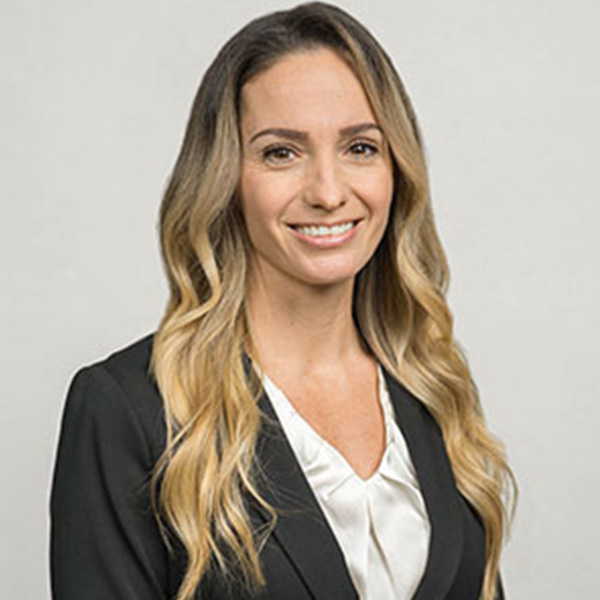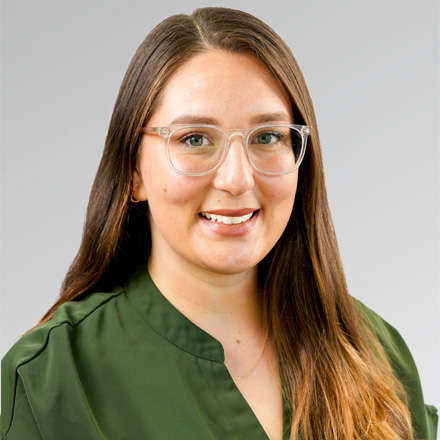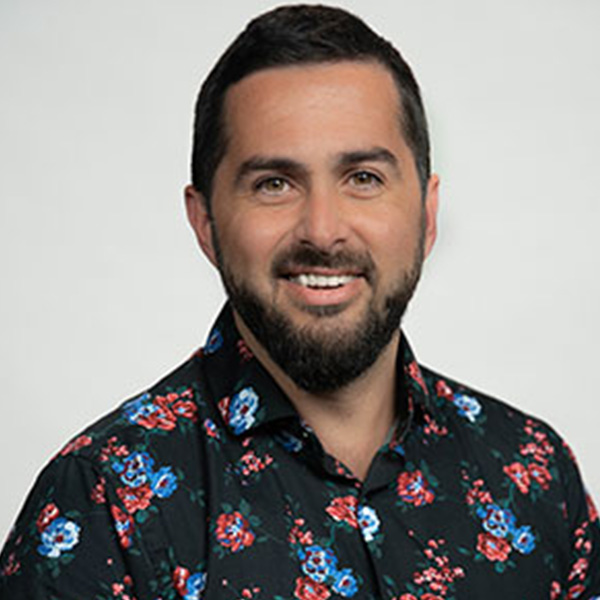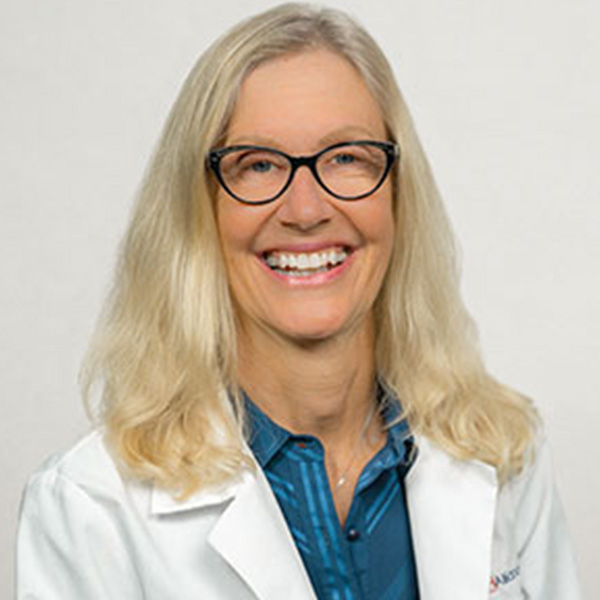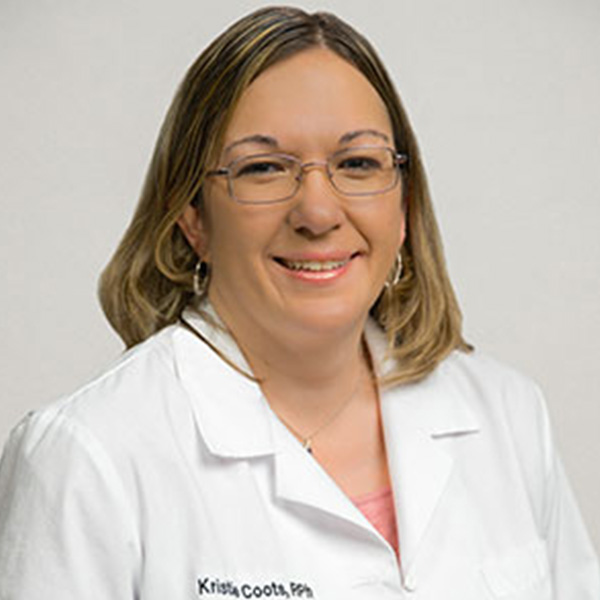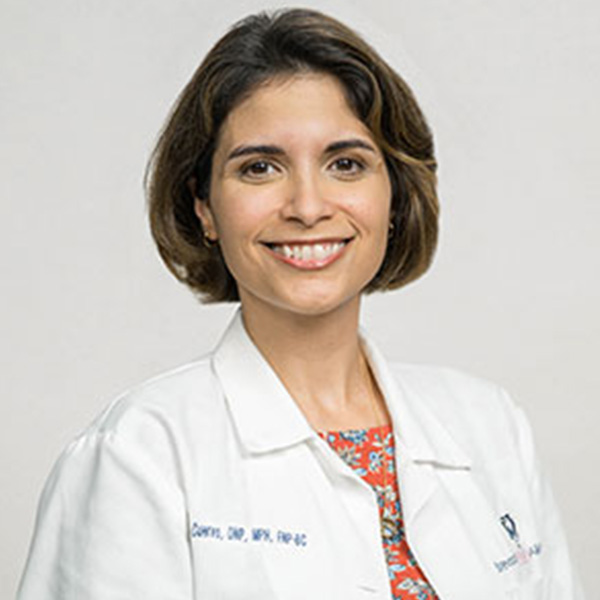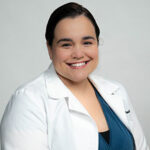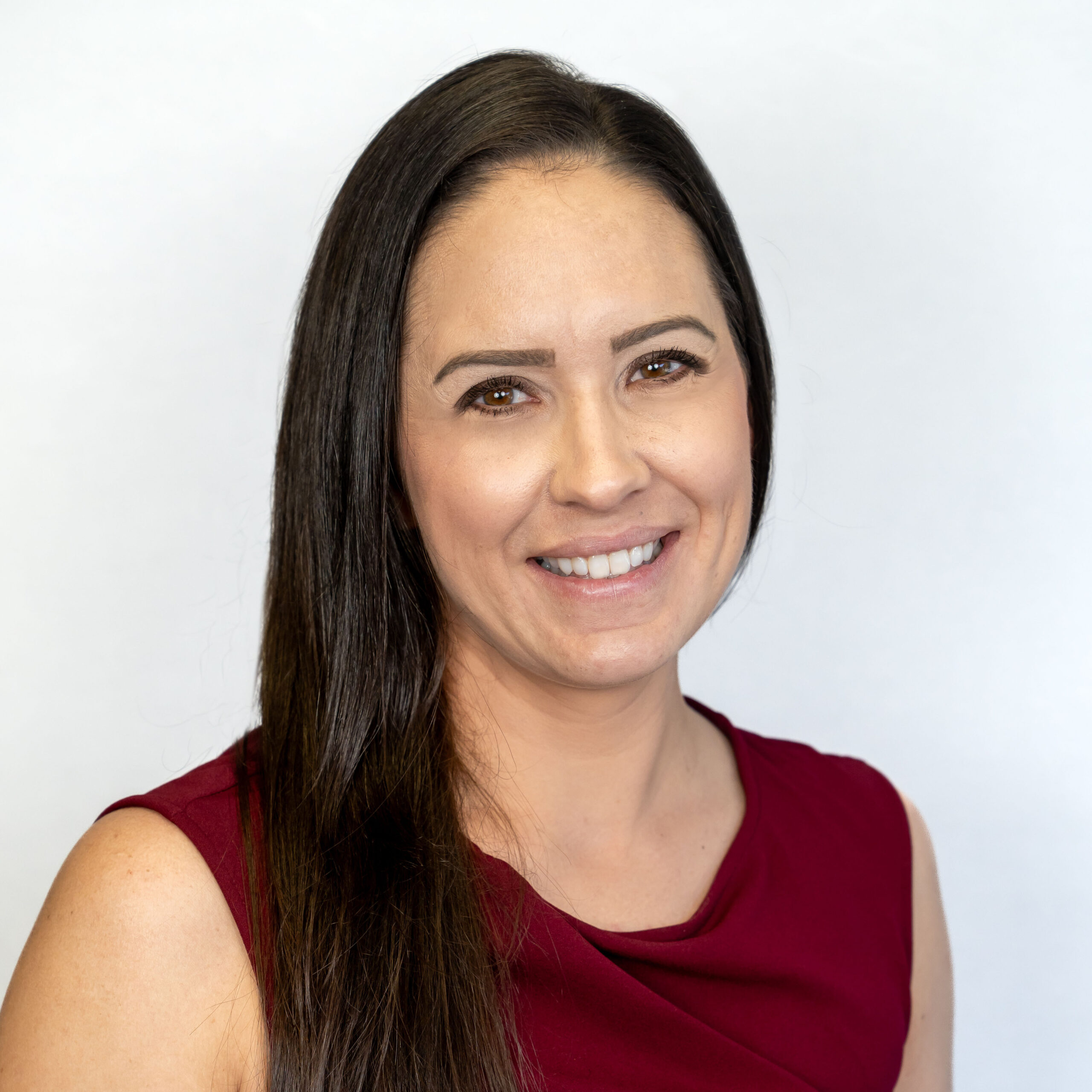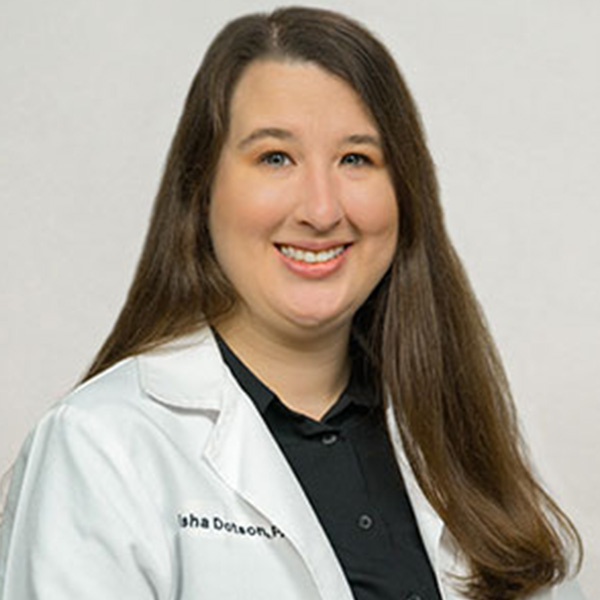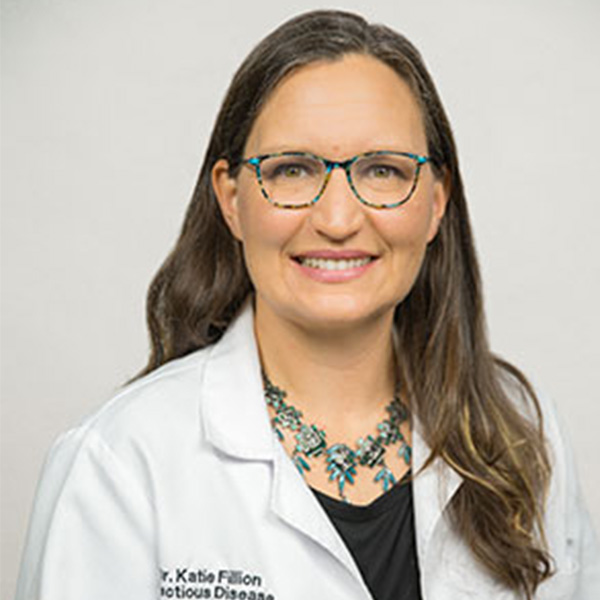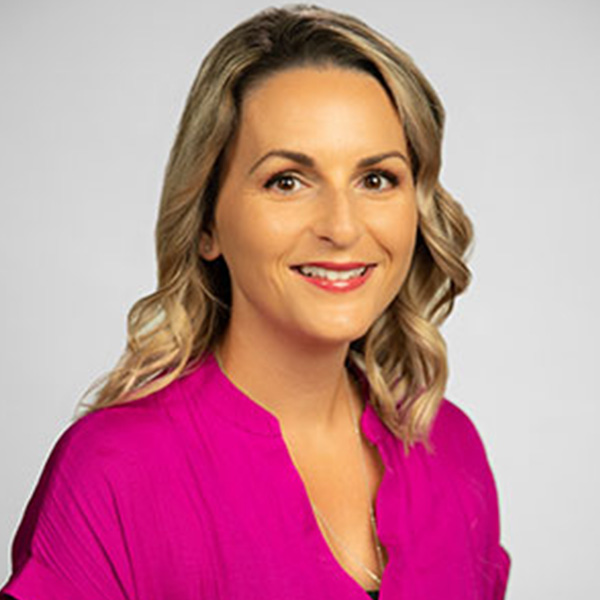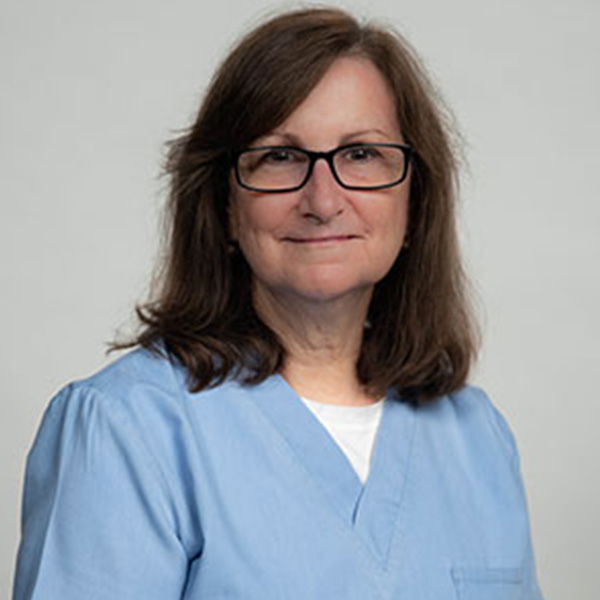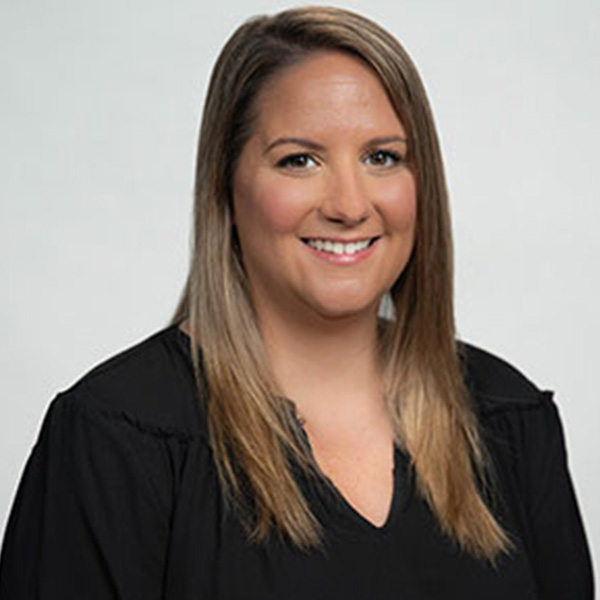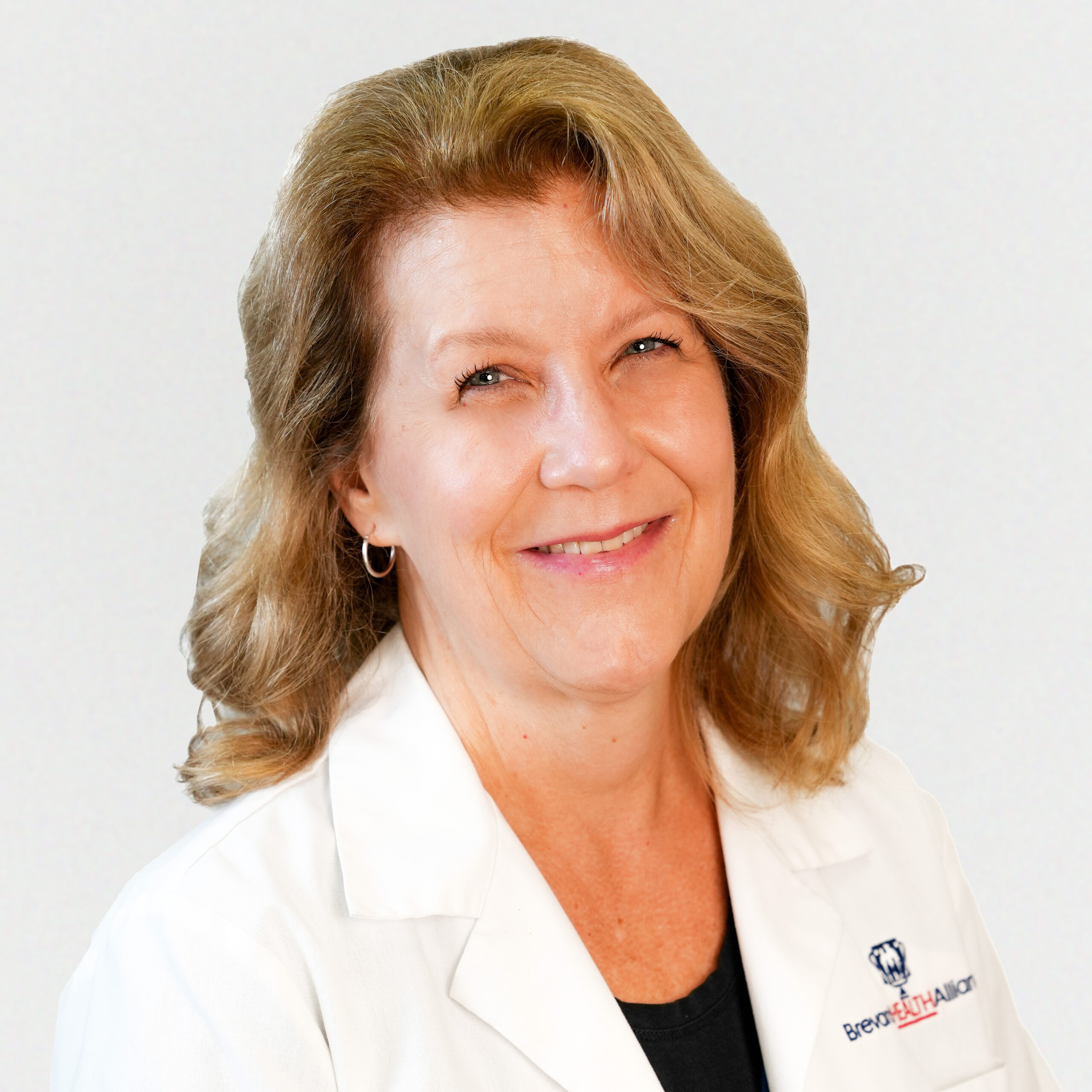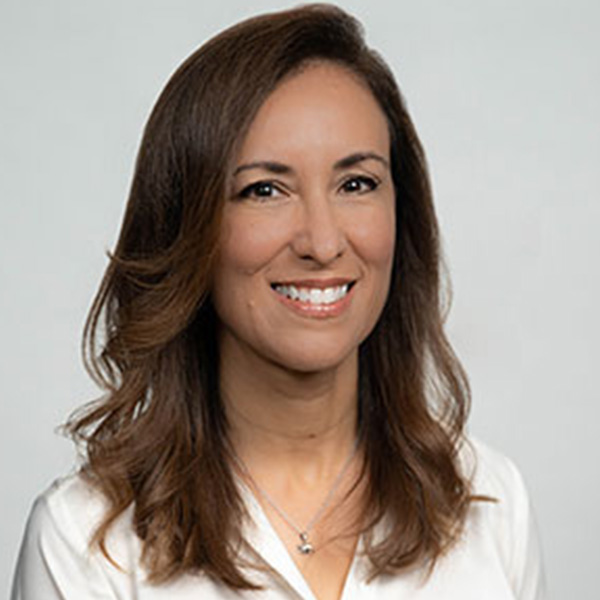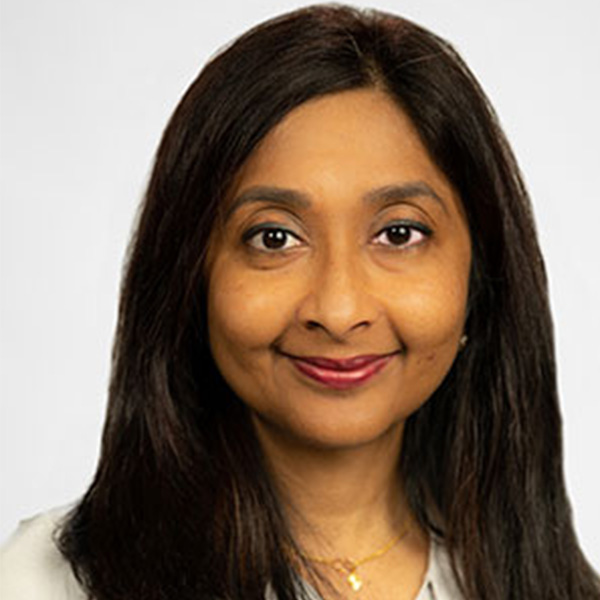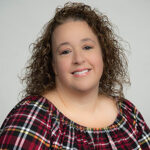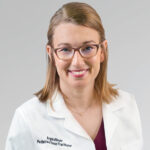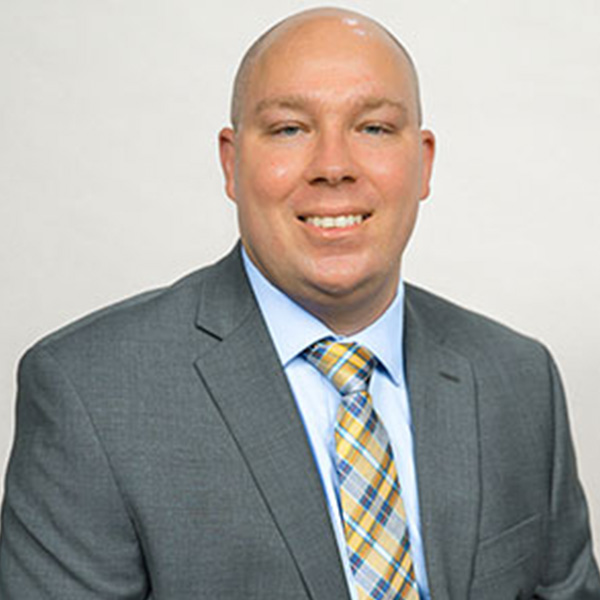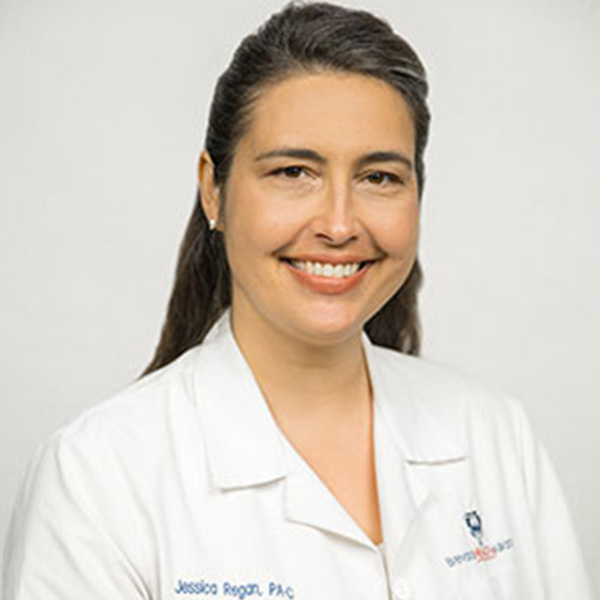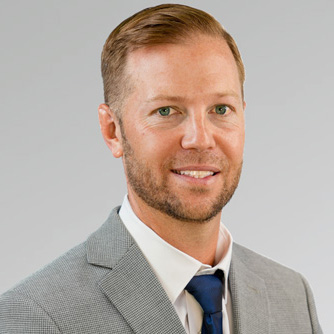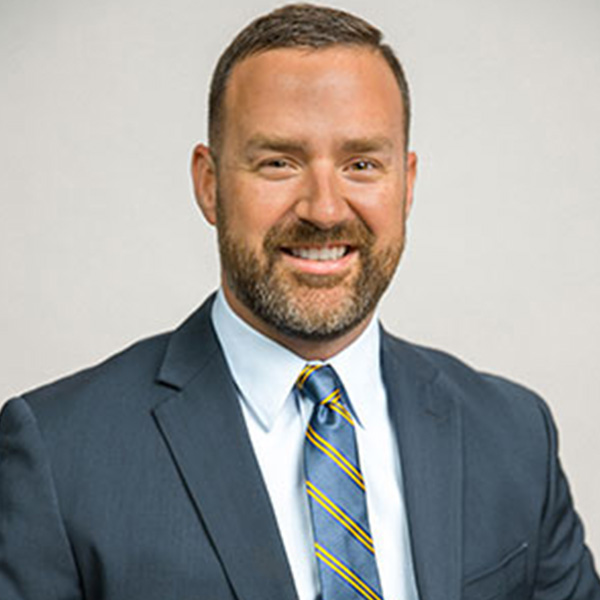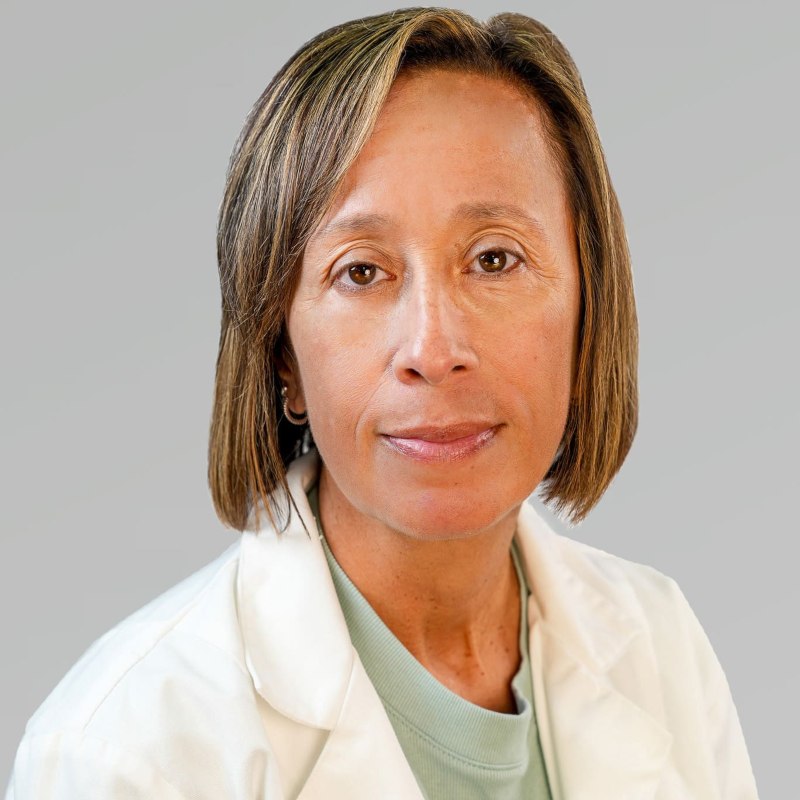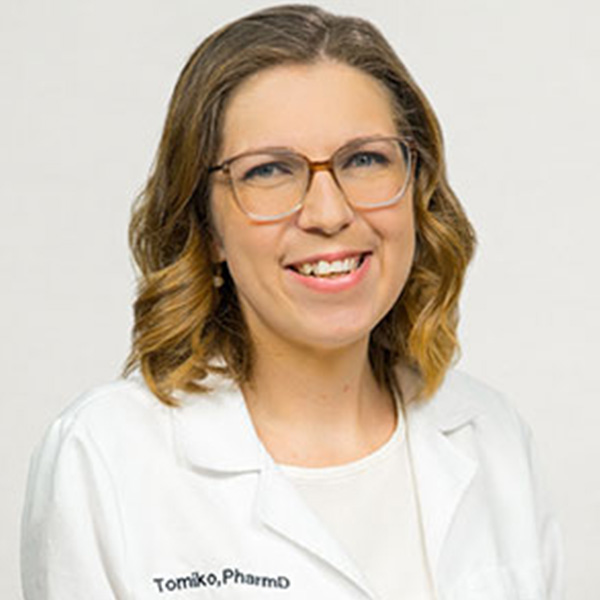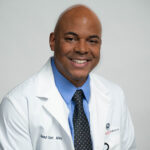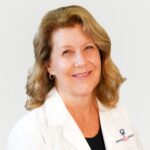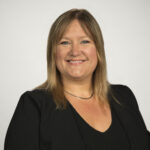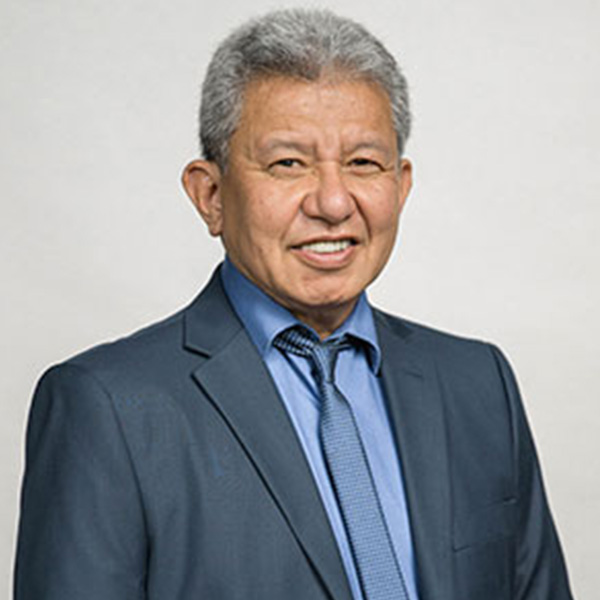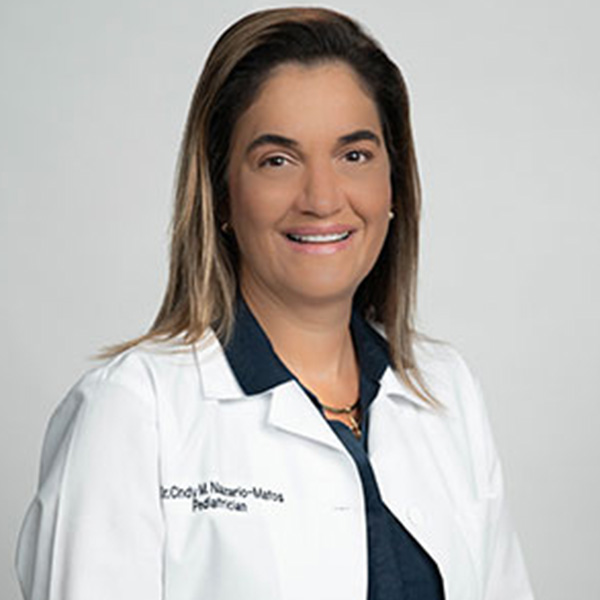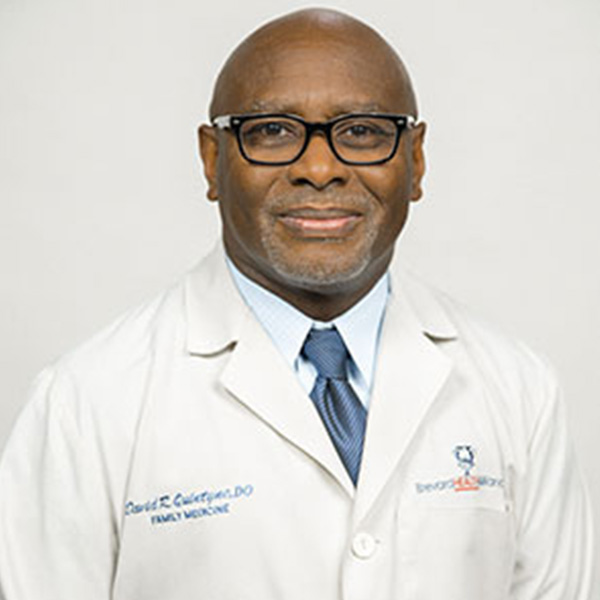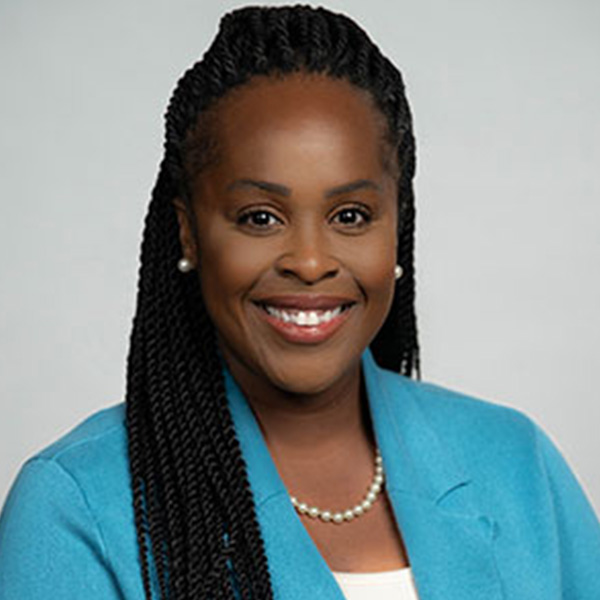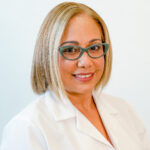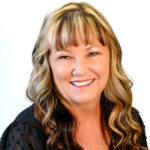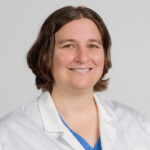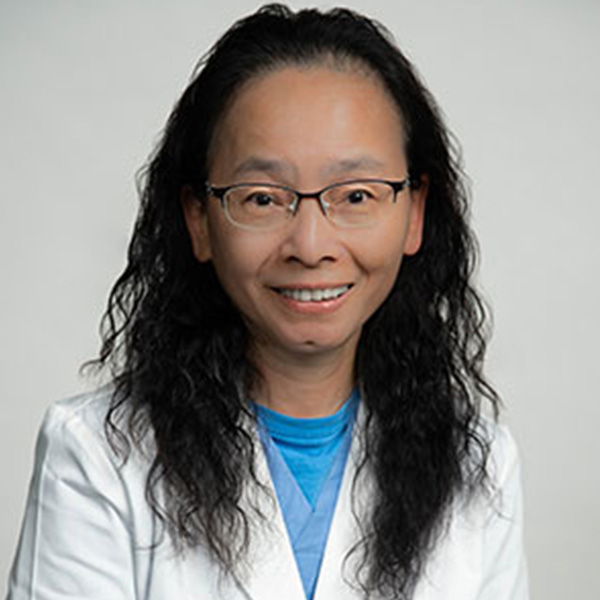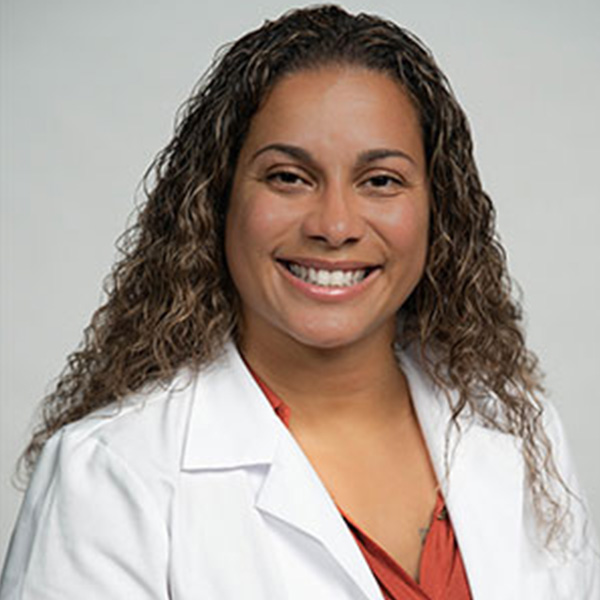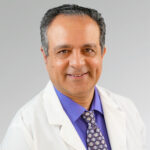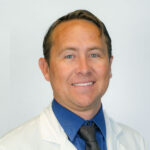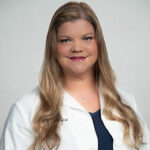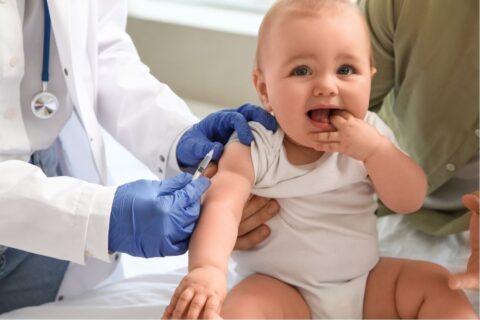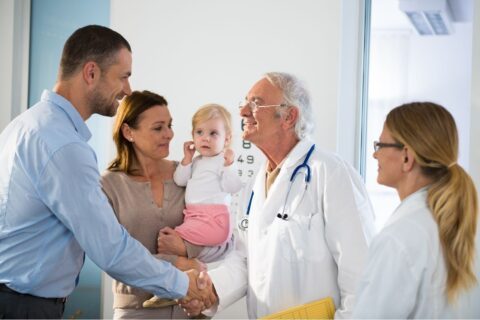Scoliosis 101
Did you know that this month is National Scoliosis Month? When it comes to preventative care, we are Brevard Health Alliance are all about supplying our patients and readers with the facts they need to keep them healthy. Read on to learn about scoliosis in children and adolescents, and for the most common questions and answers.
What Is Scoliosis?
Scoliosis is a musculoskeletal disorder in which there is a sideways curvature of the spine, or backbone. The bones that make up the spine are called vertebrae. Some people who have scoliosis require treatment. Others who have milder curves may need to take a visit to their doctor for periodic observation only.
Who Gets It?
Anyone can have scoliosis, but it is most common in children and adolescents. Adolescent idiopathic scoliosis (of unknown cause) is the most common type, and typically occurs after the age of ten. Girls are more likely than boys to have this type of scoliosis. Because it can run in families, a child who has a parent or sibling with it should be checked regularly by the family doctor.
What Causes It?
In most cases, the cause of scoliosis is unknown. Before concluding that a person has idiopathic scoliosis, the family doctor looks for other possible causes, such as injury or infection. Causes of curves are classified as either nonstructural or structural.
Nonstructural (Functional) Scoliosis:
A structurally normal spine that appears curved. This is a temporary, changing curve caused by an underlying condition, such as a difference in leg length, muscle spasms, or inflammatory conditions such as appendicitis. Doctors treat this type of scoliosis by correcting the underlying problem.
Structural Scoliosis:
This is a fixed curve that the doctors treat case by case. Sometimes, structural scoliosis is one part of a syndrome or disease. In other cases, it occurs by itself. Structural scoliosis can be caused by neurotransmitter diseases, birth defects, injury, certain infections, tumors, metabolic diseases, connective tissue disorders, rheumatic diseases, or unknown factors.
How Is It Diagnosed?
Doctors take the following steps to evaluate patients:
-
Medical History:
This is done by talking to the patient and their parents, and reviews the patient’s records to look for medical problems that might be causing the spine to curve, for example, birth defects, trauma, or other disorders that can be associated with scoliosis.
-
Physical Examination:
The doctor will look at the patient’s back, chest, pelvis, legs, feet, and skin. Then, they’ll check to see if the patient’s shoulders are level, whether the head is centered, and whether opposite sides of the body look level. The doctor also examines the back muscles while the patient is bending forward to see if one side of the rib cage is higher than the other.
-
X-Ray Evaluation:
An x-ray of the spine can definitively confirm the diagnosis of scoliosis. The doctor will measure the curve on the x-ray image. He or she finds the vertebrae at the beginning and end of the curve and measures the angle of the curve.
Additionally, doctors group the curves of the spine by their location, shape, pattern, and cause. They use this information to decide how to best treat the scoliosis.
Does It Have to Be Treated? What Are the Treatments?
Those who are sent to the doctor at an early age by school scoliosis screening program often have mild spinal curves that do not need treatment. When treatment is needed, the doctor may send the child to an orthopedic spine specialist. They will then suggest the best treatment for each patient based on their age, how much more he or she is likely to grow, the degree and pattern of the curve, and the type of scoliosis. There are typically three options they will then recommend: observation, bracing, or surgery.
Observation is when doctors typically follow patients without treatment and re-examine them every few months when the patient is still growing and the curve is mild.
With bracing, doctors may advise patients to wear a brace to stop a curve from getting any worse in patients who are still growing with moderate spinal curvature. As a child nears the end of growth, the indications for bracing will depend on how the curve affects the child’s appearance, whether the curve is getting worse, and the size of the curve.
Doctors may advise patients to have surgery to correct a curve or stop it from worsening when the patient is still growing, has a curve that is severe, and has a curve that is getting worse.
Beyond these three methods, some people have tried other ways to treat scoliosis, including manipulation by a chiropractor, electrical stimulation, dietary supplements, and exercise. If you’re looking into one of these options, keep in mind that studies of these treatments have not been shown to prevent curve progression, or worsening. Patients may wish to exercise for the effects on their general health and well-being.
If you are concerned that you or a loved one may be suffering from scoliosis, contact Brevard Health Alliance today! We provide high quality, compassionate care within a primary care medical home.


